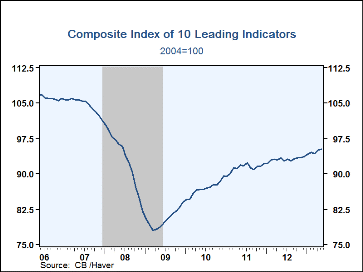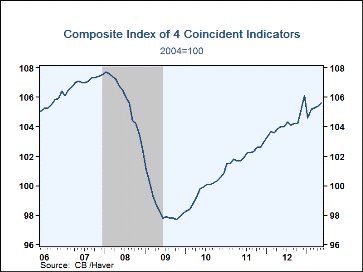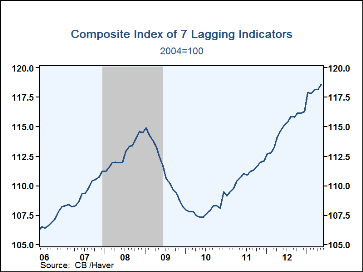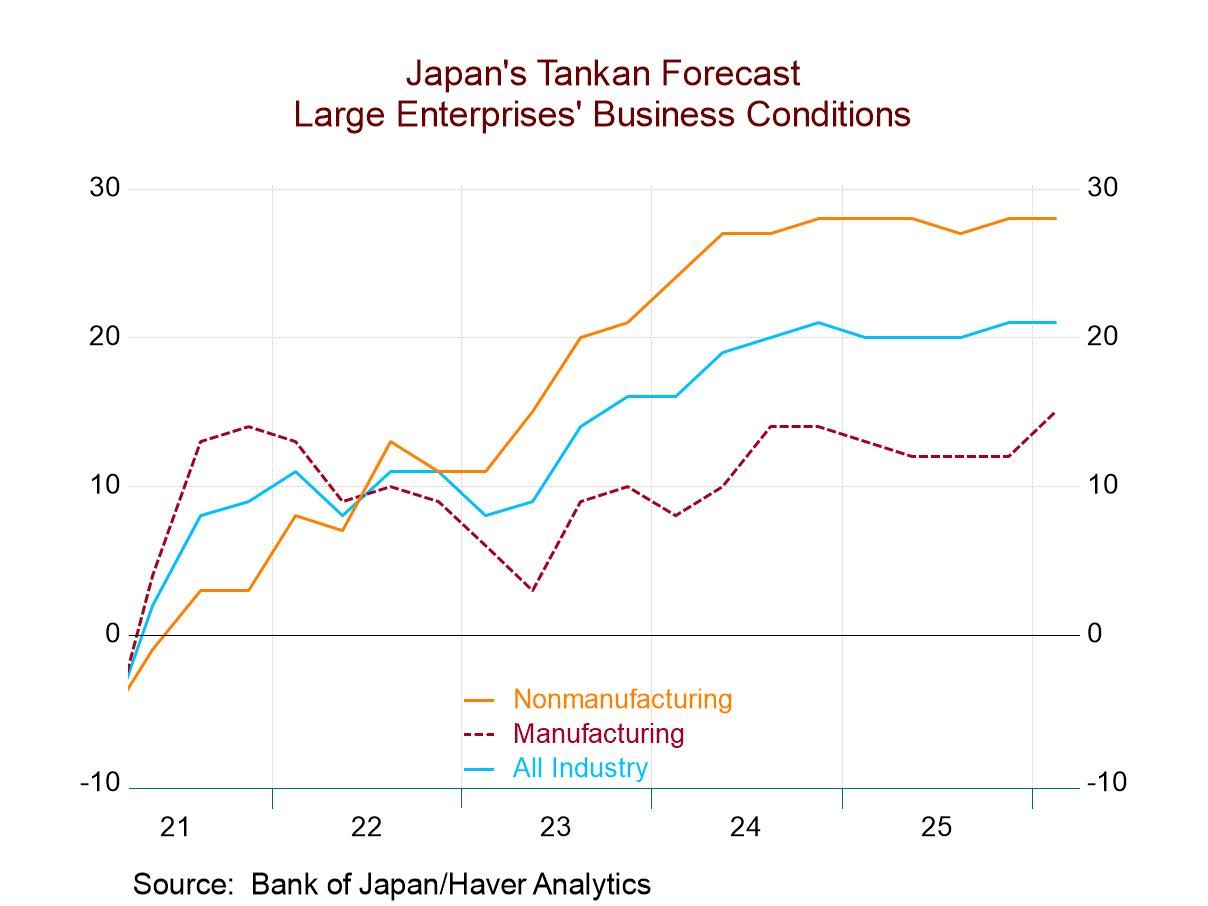 Global| Jun 20 2013
Global| Jun 20 2013U.S. Leading Economic Indicators Rise on Financial Series' Strength
by:Tom Moeller
|in:Economy in Brief
Summary
The index of Leading Economic Indicators, published by the Conference Board, ticked up 0.1% (2.0% y/y) during May to 95.2, another high for the economic recovery. The gain followed an upwardly revised 0.8% April increase, last month [...]
The index of Leading Economic Indicators, published by the Conference Board, ticked up 0.1% (2.0% y/y) during May to 95.2, another high for the economic recovery. The gain followed an upwardly revised 0.8% April increase, last month reported as 0.6%. A 0.2% rise had been expected for April. Just 45 percent of the component series had a positive influence on the index. A steeper interest rate yield curve, higher stock prices and the leading credit index increased the total. These were offset by a lower ISM new orders index, fewer building permits and higher initial claims for unemployment insurance.
The index of coincident indicators gained 0.2% (1.5% y/y) after an unrevised 0.1% April uptick. Higher payroll employment, improved personal income less transfers and more manufacturing and trade sales had positive influences on the index. Industrial production was unchanged.
The index of lagging economic indicators increased 0.3% (3.4% y/y) after a minimal 0.1% April rise. Roughly two-thirds of the component series rose paced by more commercial & industrial loans outstanding.
Another leading economic series is the ratio of coincident-to-lagging indicators. It measures how the economy is performing versus its excesses. The figure fell 0.2% (-1.9% y/y) last month to its lowest level of the economic expansion.
The Conference Board figures are available in Haver's BCI database; the components are available there, and most are also in USECON. The forecast figures for the Consensus are in the AS1REPNA database. Visit the Conference Board's site for coverage of leading indicator series from around the world.
The economic projections which accompanied yesterday's FOMC meeting are available here.
Tom Moeller
AuthorMore in Author Profile »Prior to joining Haver Analytics in 2000, Mr. Moeller worked as the Economist at Chancellor Capital Management from 1985 to 1999. There, he developed comprehensive economic forecasts and interpreted economic data for equity and fixed income portfolio managers. Also at Chancellor, Mr. Moeller worked as an equity analyst and was responsible for researching and rating companies in the economically sensitive automobile and housing industries for investment in Chancellor’s equity portfolio. Prior to joining Chancellor, Mr. Moeller was an Economist at Citibank from 1979 to 1984. He also analyzed pricing behavior in the metals industry for the Council on Wage and Price Stability in Washington, D.C. In 1999, Mr. Moeller received the award for most accurate forecast from the Forecasters' Club of New York. From 1990 to 1992 he was President of the New York Association for Business Economists. Mr. Moeller earned an M.B.A. in Finance from Fordham University, where he graduated in 1987. He holds a Bachelor of Arts in Economics from George Washington University.










